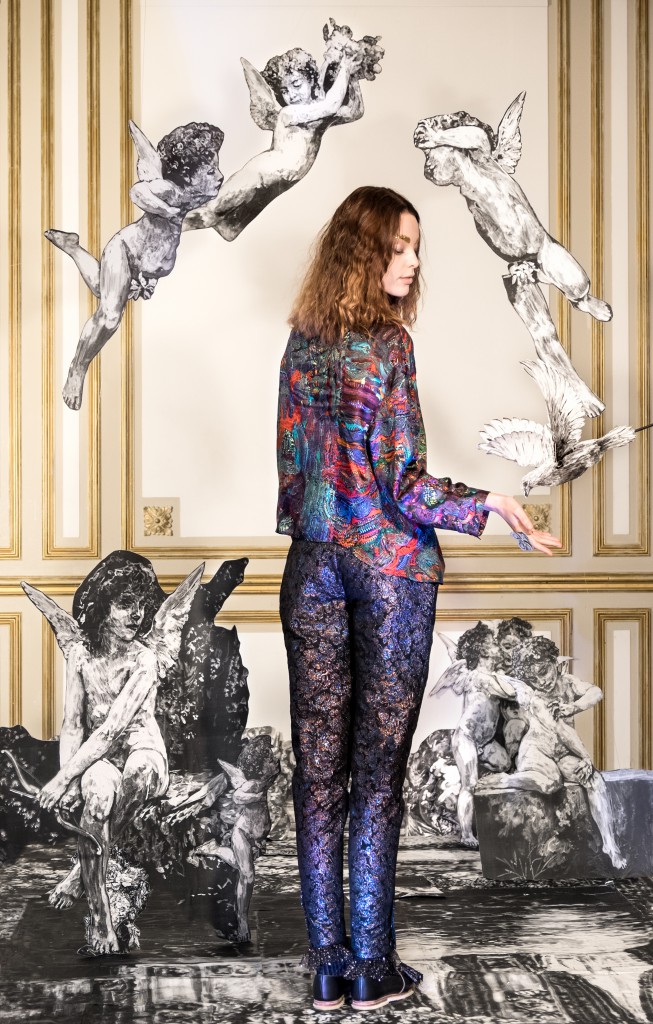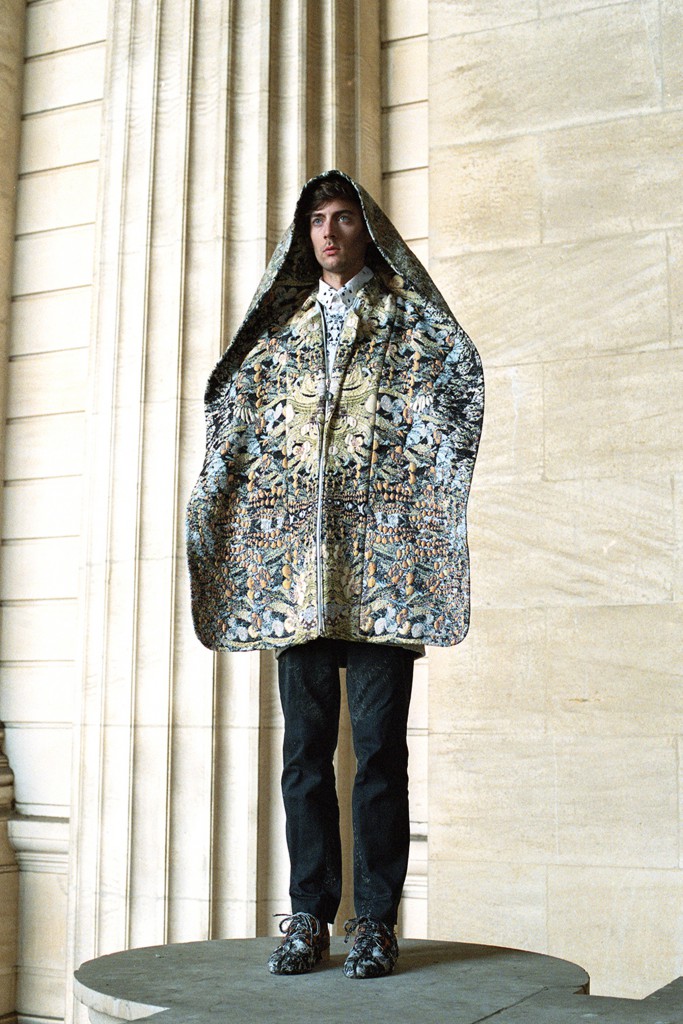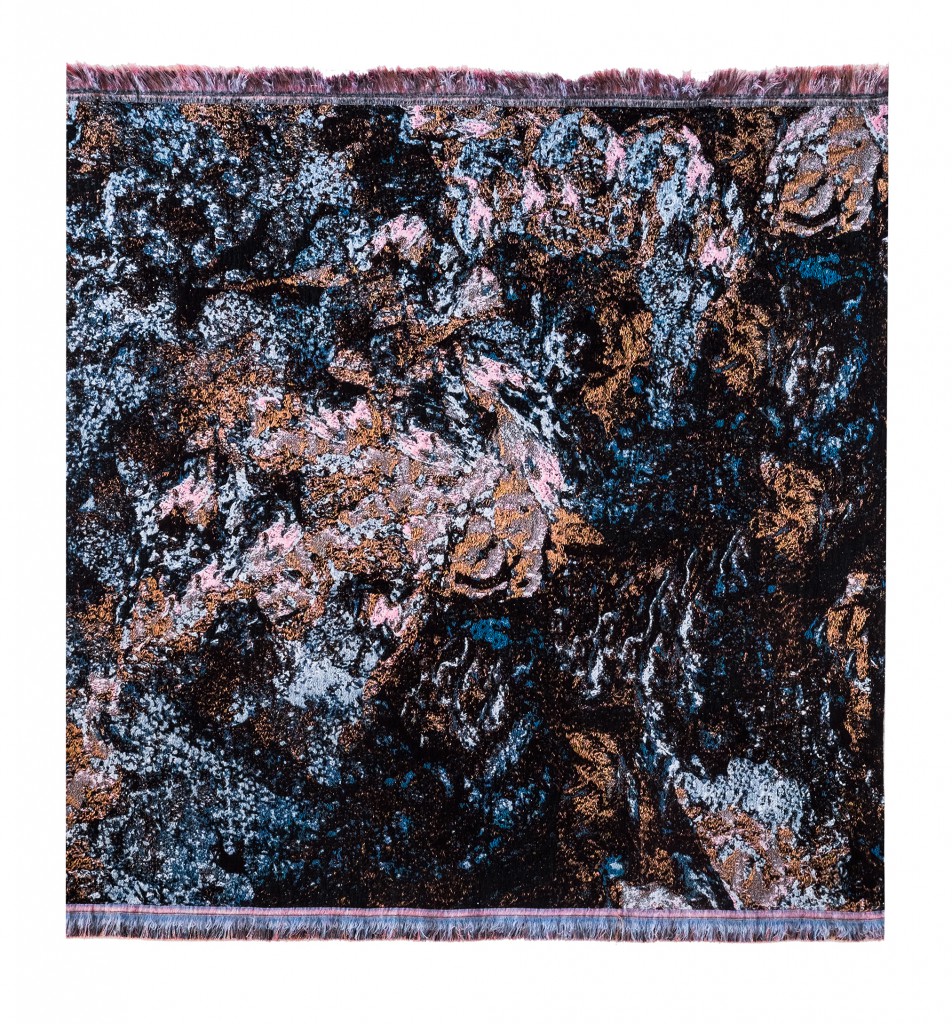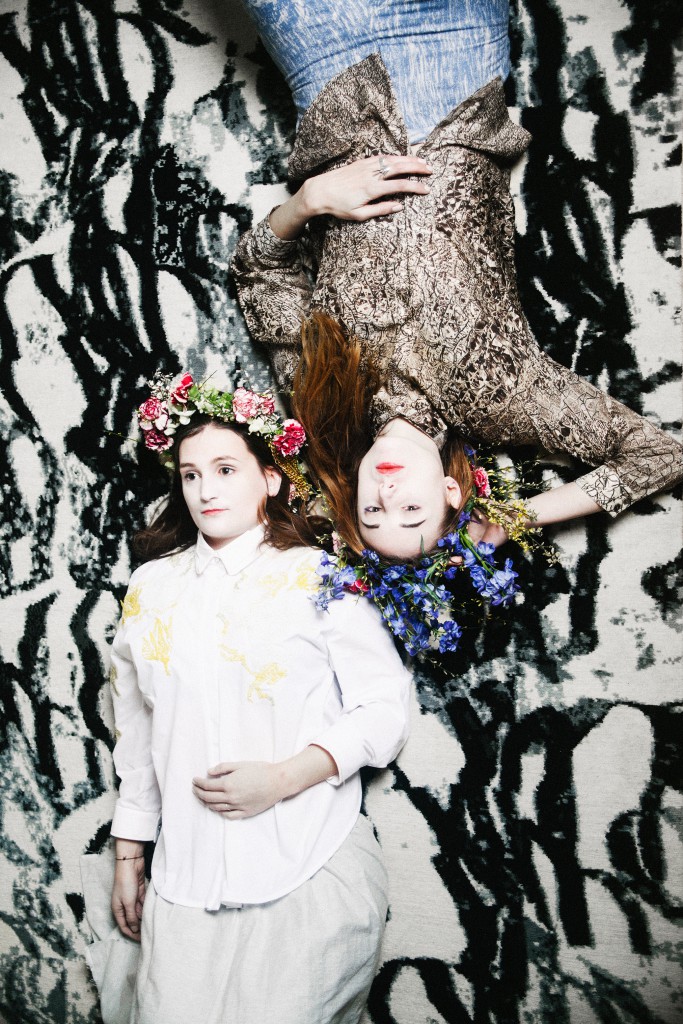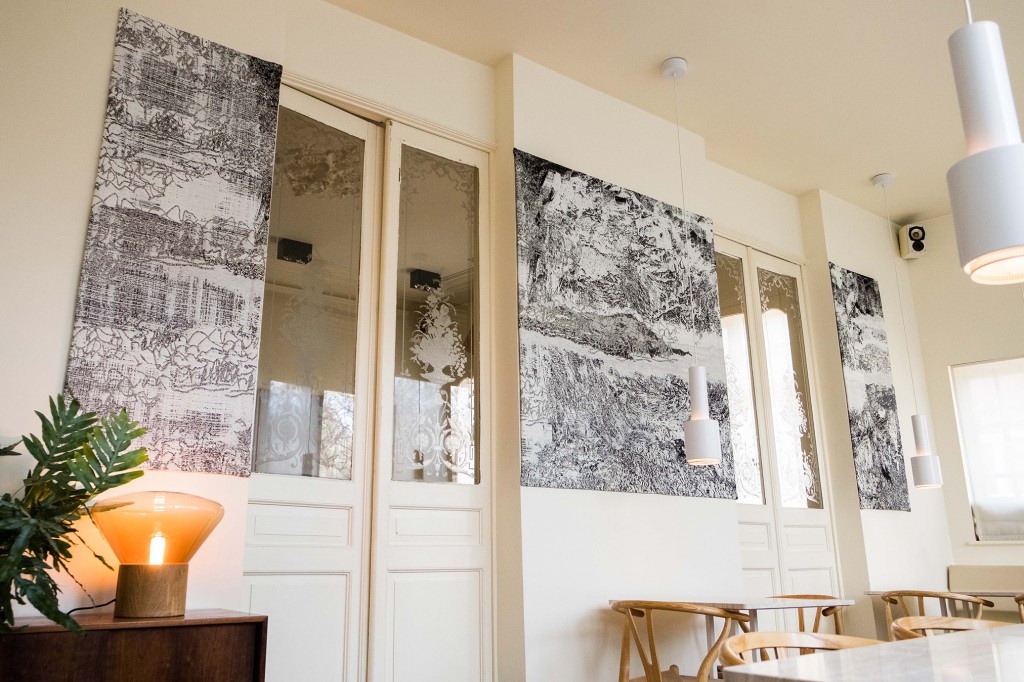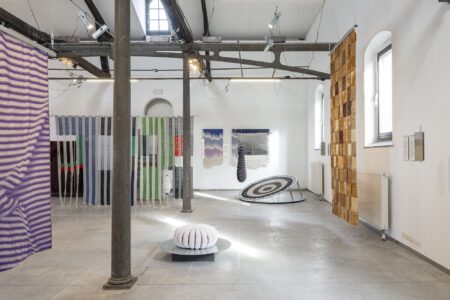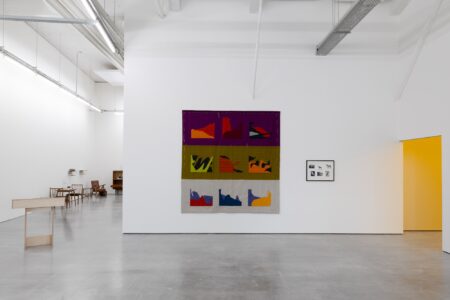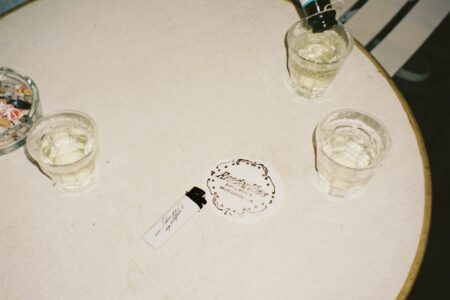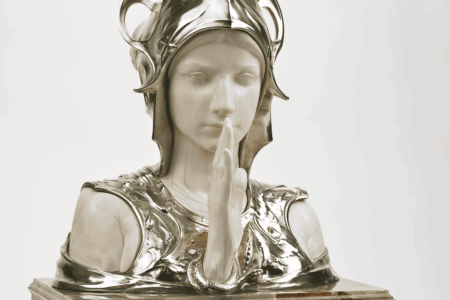Studio Krjst on Artistic Research
Founders of Studio Krjst, fashion designers Justine de Moriamé and Erika Schillebeeckx explain how over five years their practice has become closer to artistic research
More treasure hunters than fashion designers, Justine de Moriamé and Erika Schillebeeckx, the young founders of Studio Krjst, have anticipated several current trends: combinations, no-seasons, cross-genre, oversize… For the fifth anniversary of the opening of their studio, they told us about their atypical and exacting approach to textile design through artistic research.
TLmag: Right after graduating from La Cambre, you launched your brand, at a pace of two collections per year and one for the fashion weeks. Then, quite soon, you decided to take another path.
JdM&ES: All the way from the very beginnings of Krjst in 2012, we favoured an approach based on plastic research. But we quickly realised that our desire for more in-depth research, to cross genres and explore other paths than those of classic prêt-à-porter, wasn’t compatible with the hectic pace imposed by the sector. After two years, we deliberately refocussed our studio by putting fashion design in parentheses. Today, our work revolves around the creation of images, scenography, weaving and more. In retrospect, this has been a positive experience, enabling us to clearly define our priorities, our values and our likes – or dislikes – in textile design.
TLmag: You could have stopped everything, but that was also not the road you chose to take.
JdM&ES: Exactly. We had an opportunity – through social media networking – to attract brands such as Eastpak, Disney, Rochas, Mc Alson and Huawei. These meetings led to consumer goods (prints for backpacks, men’s boxer shorts, mobile phone wallpapers, etc.) that gave us a certain commercial legitimacy and enabled us to ensure the sustainability of the studio. At the same time, we continued our graphic research by exploring other facets of textile design.
TLmag: One of those facets is weaving, a technique that has resulted in works of art exhibited in galleries and certain public spaces.
JdM&ES: Our woven pieces are a perfect reflection of our universe and of the values we are defending. Krjst is a research laboratory, a concentration of crossed emotions and intertwined story fragments. Again, we were fortunate that our work attracted galleries and private clients who appreciated our approach. One of our works ended up in a Brussels restaurant that ordered an exclusive triptych from us. We also collaborated with N Vrouyr, an artisanal rug manufacturer based in Antwerp, for whom we created two exclusive patterns. We are now getting started on a project with a jeweller in the capital, and next autumn we are participating in the Beirut Art Fair, the Fiac and the YIA Art Fair de Paris.
TLmag: Your joint work approach is rather atypical. Tell us how you cooperate?
JdM&ES: We keep our graphics and technical research separate. We each carry out our own experimentations – both by hand and digitally – that we then bring together to create the final work on a big loom.
TLmag: And have you completely left clothing behind?
JdM&ES: Not at all! However, there as well we have chosen to offer a different clothing experience. As a prelude to Inri, the project we launched this spring, we were already offering, through our website, a series of mixed clothing from collections we developed between 2012 and 2014: woven coats, bombers, silk blouses, scarves, etc, which we only sold on special order, in limited, numbered editions. We see clothing within the concept of a non-ephemeral collection that our clients put together themselves and that they therefore keep for more than just a season or two.
TLmag: Is this the direction you’ve taken with the Inri capsule wardrobe?
JdM&ES: Yes, it’s the continuation of this approach. The line, whose name comes from the Latin initials for “Through Fire, Nature Is Reborn Whole”, embodies our values: art, craftmanship, sustainability. We release new fabrics and patterns once a year. Each item of clothing – which we sell online, at gallery presentations or in temporary sales sites – such as the Daniel Crouch gallery in London in October during the Frieze Art Fair – is numbered and signed, with a maximum of seven pieces per model.
TLmag: So, in any item, your entire universe can be found.
JdM&ES: Yes, with the idea of sustainability in the selection of materials. On a single woven coat, you can find rubber, mohair, raffia, cotton, materials that are woven on large looms connected to commuters. This technique enables us to make ultra-sophisticated patterns and to create a bridge between the craftmanship and technology. The prints for our silk blouses come from objects that we have allowed to oxidise; then we scan them to create strange patterns with coppered reflections. These experimentations are an integral part of our approach. We are so passionate about them that we hope one day to be able to open up the backstage of our universe and to show people the underside of interior design.
TLmag: You have spoken a lot to us about your research on materials. Where does form fit in all that?
JdM&ES: We have remained faithful to our identity since we left La Cambre: a Japanese aspect, with rounded armholes, exaggerated volumes, an oversize spirit and a unisex approach. We want to perfect our favourite models, while always pushing our research on materials and forms further.
WBDM – Wallonie-Bruxelles Design Mode is closely collaborating with TLmag for interviewing a selection of Belgian talents in fashion and design from Wallonia and Brussels, in order to promote them on the international scene.
Read more articles on WBDM News Feed and on TLmag Online Edition Wallonie-Bruxelles Design Mode
